Antlia Imaging Herschel Wedge with 35mm Prism and 1.25'' Cak 3nm Solar Filter (CAK-3NM-WEDGE)
CAK-3NM-WEDGE

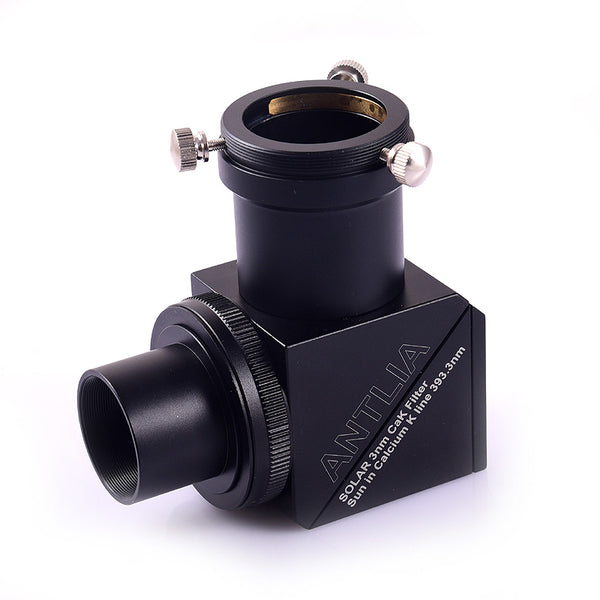
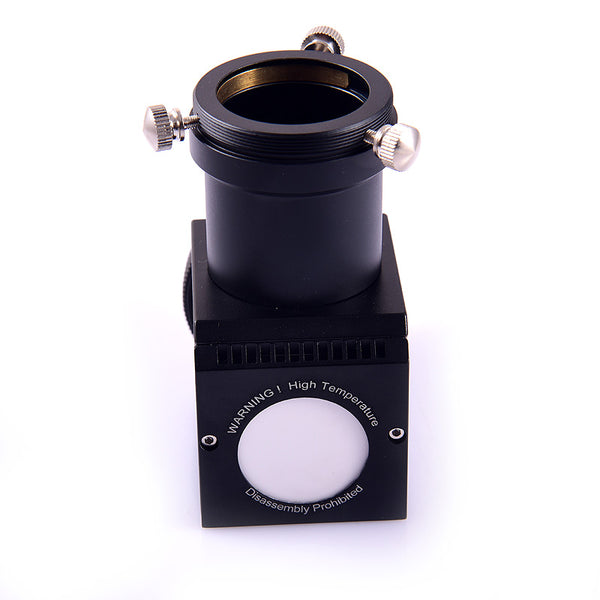
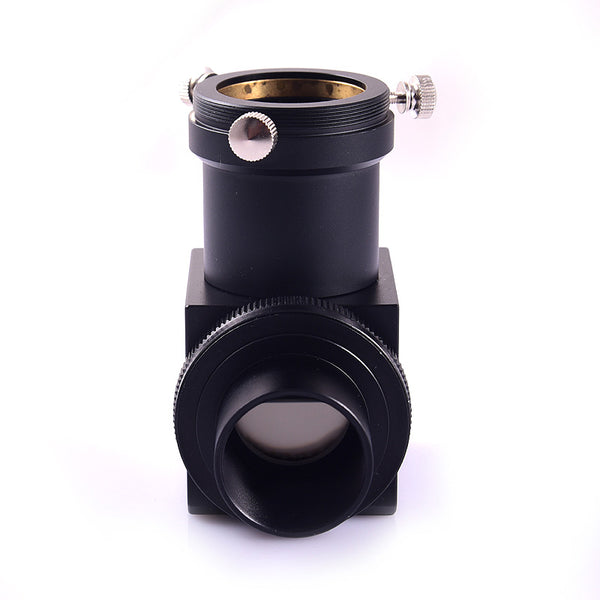






Antlia Imaging Herschel Wedge with 35mm Prism and 1.25'' Cak 3nm Solar Filter (CAK-3NM-WEDGE)
CAK-3NM-WEDGE
Why Purchase from All-Star Telescope?
Free Expert Support
Whether you are a first timer needing help with setting up or an enthusiast that can't quite make that one thing work, our expert staff are ready to support your needs. With decades of knowledge and first hand experience we've been there and we can help you through it!
Stress Free, Secure Transactions
You can trust purchasing and delivery with All-Star Telescope. All of our transactions are 100% secure and Level 1 PCI DSS compliant thanks to Shopify's ShopPay platform. For additional protection, we insure 100% of the value of every shipment we make. If it get's lost during shipment, we replace it. If it gets damaged during shipment, we repalce it. We make sure your product arrives exactly as you would expect it to; we promise.
We also ensure privacy protection. We never keep any of your credit card information on file and any of your personal data is stored accordign to our policies.
30 Day Return Policy
Buy with confidence knowing that we accept returns up to 30 days after purchase. We want you to have something you will actually use and we are confident that we keep good quality products in our store with No Junk.
Price Match Promise
Shipping around for the best price is tough, we make it easier by offering the best pricing in the market. But if you find a better price on an in-store item somewhere else we will match it!
Recommended Accessories
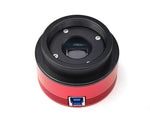
ZWO ASI174MM USB3.0 Monochrome Camera (ASI...
This little camera is fantastic for guiding and maybe even better for solar imaging. We use one here in the shop on our solar rig.

ZWO ASI174MM USB3.0 Monochrome Camera (ASI174MM)
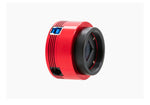
ZWO ASI585MC Planetary Colour Camera (ASI5...
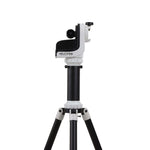
Sky-Watcher SolarQuest Mount (S21170)
These are fantastic mounts. They use built in GPS and a camera to have your telescope find and follow the sun. All you have to do is turn it on. We...

Sky-Watcher SolarQuest Mount (S21170)
Product Description
The Antlia Herschel Wedge is intended for imaging ONLY. It is not suitable for visual observation.
Antlia Imaging Herschel Wedge with 35mm Prism and 1.25'' Cak 3nm Solar Filter
The Antlia Solar Wedge (Herschel Wedge design) replaces the standard prism diagonal at the rear of refractor telescopes to enable imaging of solar granulation and sunspots. The Herschel Wedge design is well known to give sharper, higher-contrast images. The Antlia Solar Wedge design transmits a greatly reduced, safe amount of light to your imaging camera. The image brightness can be conveniently increased or decreased using a control ring with aperture blades, similar to that used in camera lenses.
Our Herschel Wedge is produced using CNC machining and the optical components are multi-coated with anti-reflection coatings to minimize both internal reflections and contrast reducing stray light. The solar wedge incorporates an Antlia 3nm narrow bandpass filter at the Calcium II K-Line centered on 393.3nm and mounted in a standard 1.25’’ holder.
Unlike some other solar wedge designs which may get too hot, the Antlia Imaging Solar Wedge directs energy into an extra thick Polycrystalline Ceramic diffuser plate at the rear of the Wedge. In addition, cooling vents above the ceramic plate facilitate efficient cooling of the system.
The Antlia Cak 3nm solar prism system provides for the safe management of harmful light intensity and heat when imaging the sun. The system is comprised of a prism, Cak lens filter, sun centering finder and a heat dissipation system. The sun’s light passes through the right-angle prism and excess heat is transferred to the rear fins that act as a heat sink for cooling the instrument. This heat management system effectively keeps the the instrument at safe operating temperatures.
Application and Performance
- Type of build: Herschel 35mm prism
- Integrated ceramic heat dispersion diffuser
- Sharp CaK 3nm 393.3nm solar filter screwed into eyepiece holder base
- High-resolution imaging of granulation, sunspots, and other features
- Includes a brightness control, a solar finder and effective heat dissipation system
- Anti Reflection (AR) coated prism and solar filter
- High blocking specification to reject solar heat ingress
- Sturdy CNC machined construction
CaK 3nm 393.3nm Filter
The Antlia Solar Wedge prism and internal CaK solar filter are made of heat resistant double-polished substrate. Antlia CaK 393.3nm solar filter uses the most advanced multicoatings to produce a sharp 3nm narrow bandpass, designed to maximize contrast for high-resolution imaging of sun spots, solar surface granulation and other features that are prominent in CaK light.
A high blocking specification of OD5 (0.001%) between 200-1200nm wavelengths and OD3 (0.1%) between 1200-1500nm wavelengths delivers superb resolution for imaging with the Antlia Cak 3nm solar filter. It should be noted that the bandpass for Cak (393nm) makes solar features almost invisible to human vision because of the eye's low sensitivity and poor resolving ability at the CaK frequency. Hence, the Antlia Solar Wedge with CaK filter is not recommended for visual observation. It is designed for imaging with cameras that have spectral responses well beyond human vision.
Never look into the sun with the K-Line filter alone, although you don’t perceive it, there is a lot of harmful UV radiation entering your eye.
Please note:
- The Antlia Herschel Wedge is intended for imaging ONLY. It is not suitable for visual observation.
- It is not intended for solar prominence imaging and visual.
- Must only be used with refractor telescopes to avoid damage to the unit.
- Refractor aperture must be no larger than 120mm or, focal ratio of F5.5 or longer.
- Never use the Solar wedge without the supplied narrowband filter. Otherwise irreparable eye damage can result.
- Disassembly of prism is prohibited and voids warranty. Any repair/returns/exchange for this item is not accepted once it has been disassembled.
- Warranty guarantee: 1 year
What's in the Box
Specifications
| Size | 1.25" |
| Wavelength | 3nm 393.3nm |
| Brightness Contro | Mechanical Shutter |
| Blocking | ≥OD4.5 @ 300-1100nm |
The Antlia Solar Wedge prism and internal CaK solar filter are made of heat resistant double-polished substrate. Antlia CaK 393.3nm solar filter uses the most advanced multicoatings to produce a sharp 3nm narrow bandpass, designed to maximize contrast for high-resolution imaging of sun spots, solar surface granulation and other features that are prominent in CaK light.
A high blocking specification of OD5 (0.001%) between 200-1200nm wavelengths and OD3 (0.1%) between 1200-1500nm wavelengths delivers superb resolution for imaging with the Antlia Cak 3nm solar filter. It should be noted that the bandpass for Cak (393nm) makes solar features almost invisible to human vision because of the eye's low sensitivity and poor resolving ability at the CaK frequency. Hence, the Antlia Solar Wedge with CaK filter is not recommended for visual observation. It is designed for imaging with cameras that have spectral responses well beyond human vision.
Never look into the sun with the K-Line filter alone, although you don’t perceive it, there is a lot of harmful UV radiation entering your eye.
Please note:
- The Antlia Herschel Wedge is intended for imaging ONLY. It is not suitable for visual observation.
- It is not intended for solar prominence imaging and visual.
- Must only be used with refractor telescopes to avoid damage to the unit.
- Refractor aperture must be no larger than 120mm or, focal ratio of F5.5 or longer.
- Never use the Solar wedge without the supplied narrowband filter. Otherwise irreparable eye damage can result.
- Disassembly of prism is prohibited and voids warranty. Any repair/returns/exchange for this item is not accepted once it has been disassembled.
- Warranty guarantee: 1 year

Additional Articles, Videos, and Links
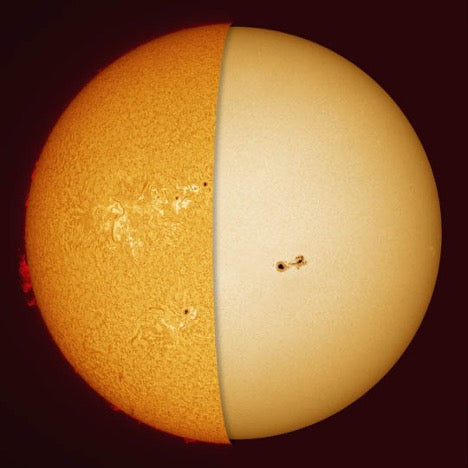
Go Ahead, Look at the Sun (With the Right Equipment)
Solar observation and solar photography are a lot of fun with the right equipment, and this is a great time to start. Every 11 years the Sun’s magnetic field completely flips. That means that the...
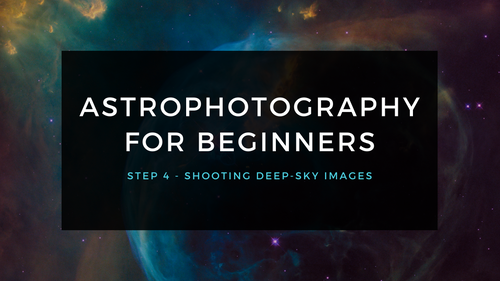
Astrophotography for Beginners Step 4: Shooting Deep-Sky Images
Taking deep sky pictures can be daunting, luckily there is an easy process to follow to allow you to get great shots! Here is the typical process for actually taking deep-sky images in the field.
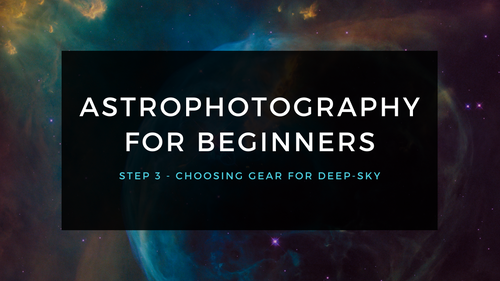
Astrophotography for Beginners Step 3: Choosing Gear for Deep-Sky Imaging
Using a star tracker gains you experience with the fundamentals of deep-sky imaging. Shooting the Moon gains you experience focusing and framing through your telescope. Through your sessions you’ll...
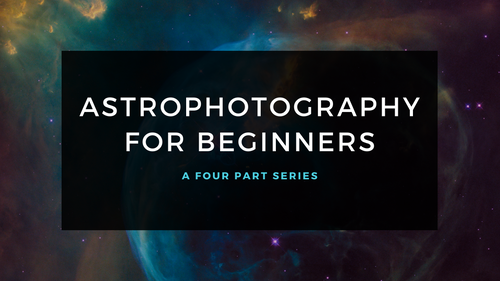
Astrophotography for Beginners - Start Here: Getting into Astrophotography Step by Step
Shooting the night sky has never been more popular, nor easier. The choice of equipment has also never been better, or more affordable. However, as per the advice given by Dickinson and Dyer in the...
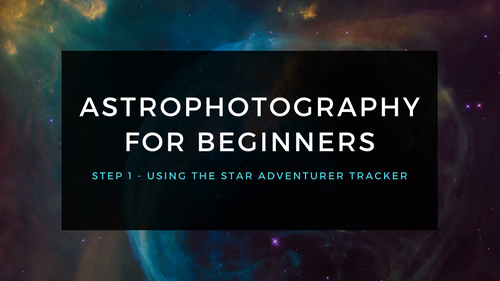
Astrophotography for Beginners Step 1: Using the Star Adventurer Tracker
By far the most economical and easiest way to capture beautiful images of the Milky Way and large deep-sky objects like the Andromeda Galaxy (shown here) is to use a star tracker. Here are steps an...
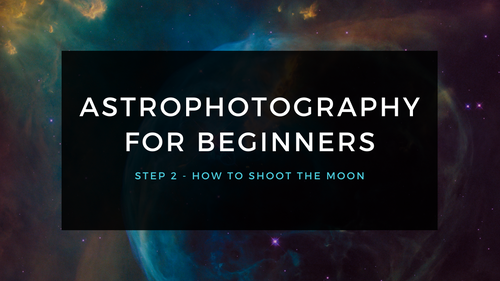
Astrophotography for Beginners Step 2: How to Shoot the Moon
Close-ups of the Moon are rewarding, and an easy way to learn to shoot through your telescope. While good results are possible with a phone camera clamped to an eyepiece (as shown below), this tuto...


